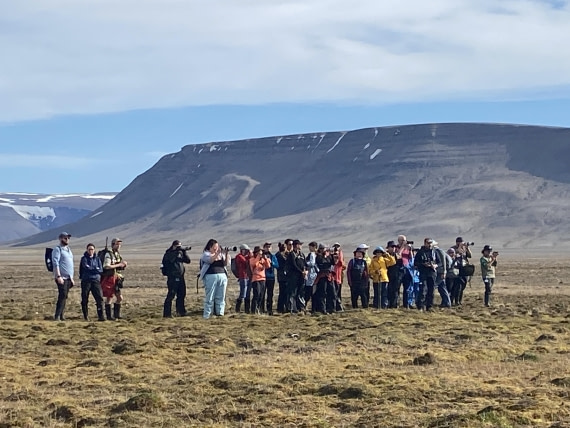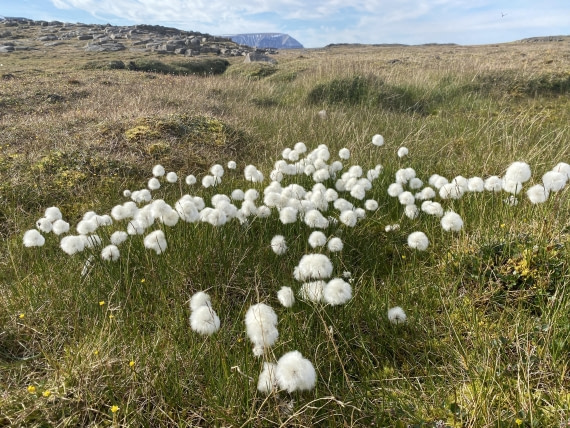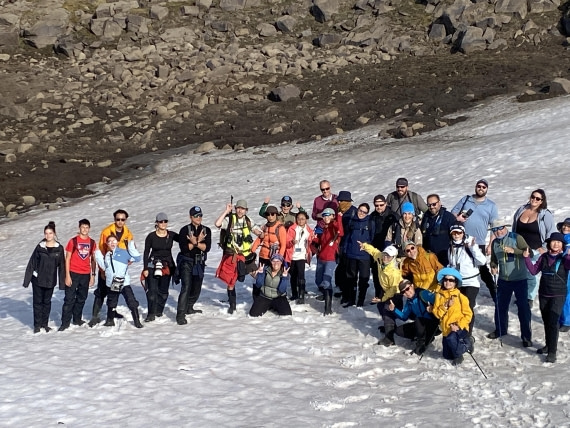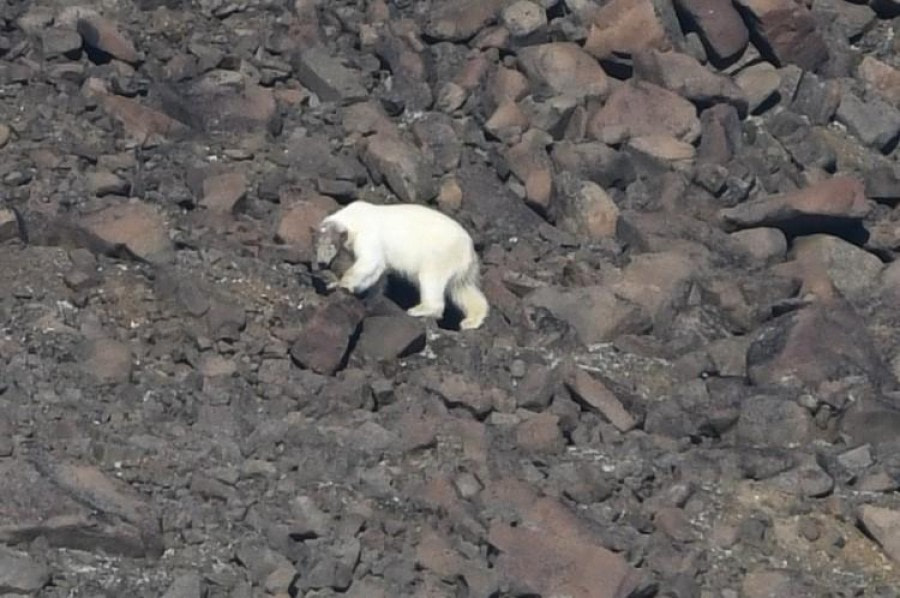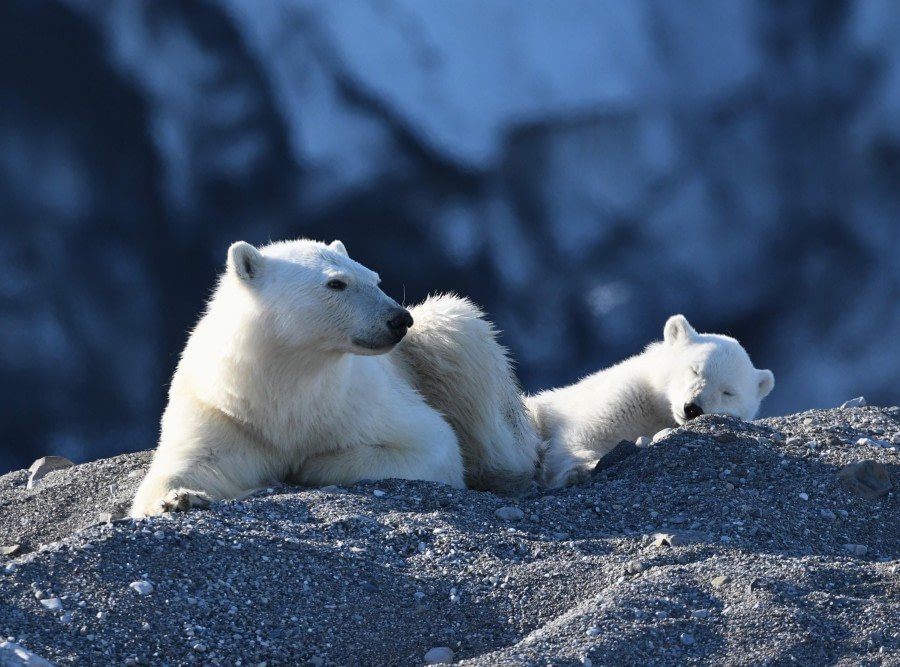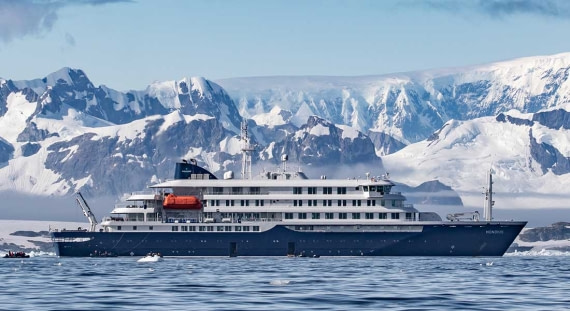| Date: | 12.07.2024 |
| Position: | 78°14.6’N 015°32.5’E |
| Wind: | SE7-8 |
| Weather: | Overcast |
| Air Temperature: | +5 |
Today we boarded our good ship Hondius at the Coal Pier just out of town. The gloomy and damp weather did not affect our spirits and it was with great sense of anticipation that we all arrived in Longyearbyen for our trip of a lifetime around the Svalbard Archipelago on Hondius. Many of us had arrived earlier today from Oslo, but some of us had already been spending some time in the picturesque town of Longyearbyen. The largest of the settlements on the island of Spitsbergen, it is home to c.2000 people (and a few reindeer!) in the summer months and has all the modern amenities and attractions one could wish for.
With Hondius docked nearby to town, it was time in the mid-afternoon to be welcomed aboard by the staff and crew. We settled into our cabins for the journey and got a quick moment to explore the ship and were soon called up to the lounge for a mandatory safety briefing.
Following on from our safety drill and a trip to view the lifeboats, we were again invited to the lounge for cocktails and tasty canapes and a welcome from Captain Artur who will be our navigator around the rocky shores of Spitsbergen. Then Hotel Manager Albert gave us some tips about ship life and lastly, we met the Expedition team, led by Marcel. Then it was time for our first taste of Hondius cuisine - a buffet of salads, baked fish and roast meat with plenty of fruit and a huge platter of cheeses to finish off. As many of us had been travelling in today from far and wide, it was time after dinner to rest our heads and prepare for all the adventures ahead in the realm of polar bears and ice!


